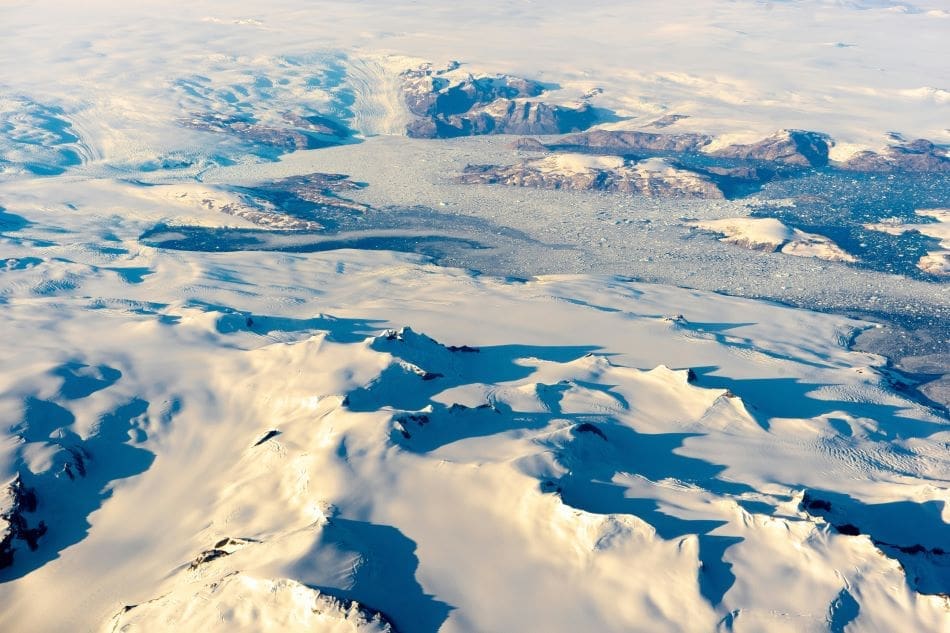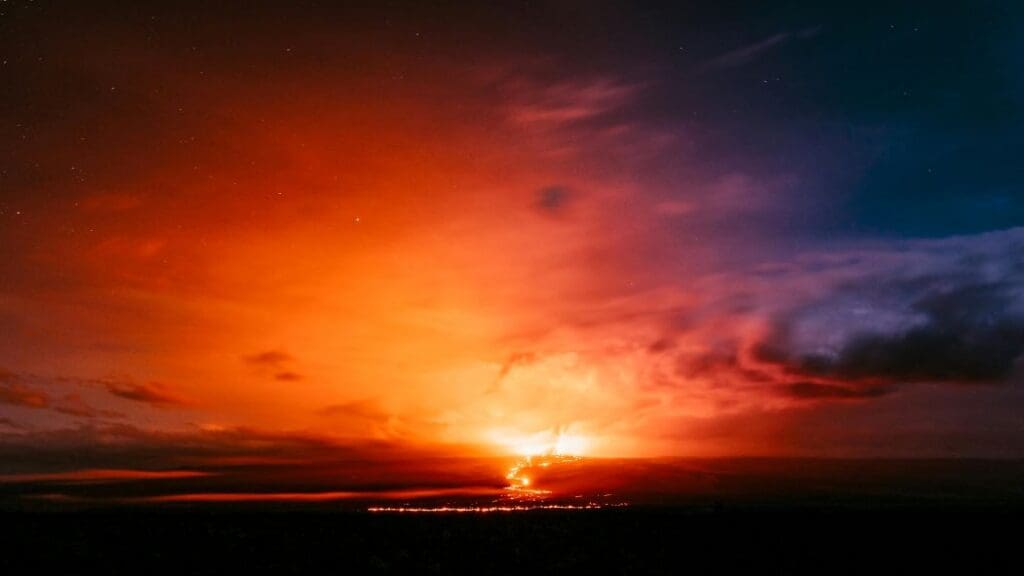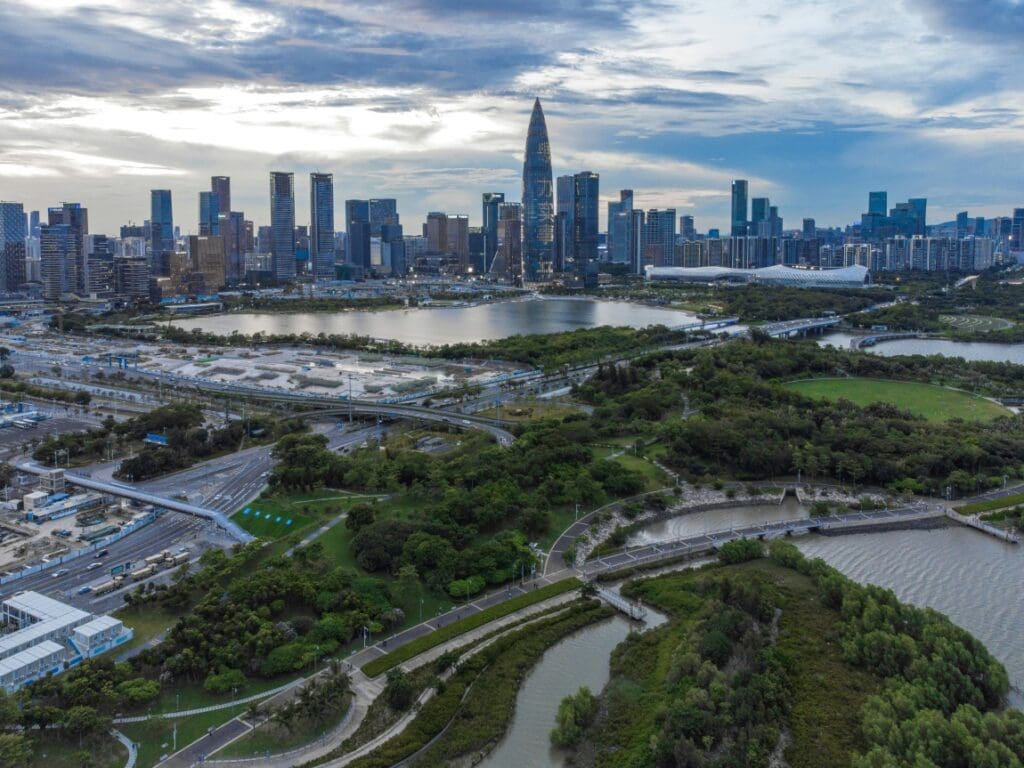Summary:
As glaciers retreat and expose the land beneath them, newly uncovered sediments first act to absorb greenhouse gases – but over time, they shift to emitting them. That’s the conclusion of a study published in Communications Earth & Environment by researchers from the University of Florida and the University of Maryland. The team examined glacial and soil water in Greenland’s Kobbefjord region and found that freshly exposed sediments initially remove carbon dioxide from the atmosphere through chemical reactions. However, as soils develop and microbial activity increases, the same landscapes begin to release both carbon dioxide and methane –contributing to warming instead of offsetting it.
“Our central hypothesis was that the transfer of greenhouse gases between landscapes and the atmosphere has changed since the Last Glacial Maximum about 15,000 years ago,” said co-author Jonathan Martin, professor of geological sciences at the University of Florida. The study highlights a transition from negative to positive climate feedback over time, with implications for understanding long-term climate dynamics.
Lead author Andrea Pain, now at the University of Maryland’s Horn Point Laboratory, conducted fieldwork alongside Martin and colleagues, supported by NSF funding and Arctic research networks. The research team is now turning its attention to nitrous oxide, a potent greenhouse gas with different dynamics under glacial retreat.
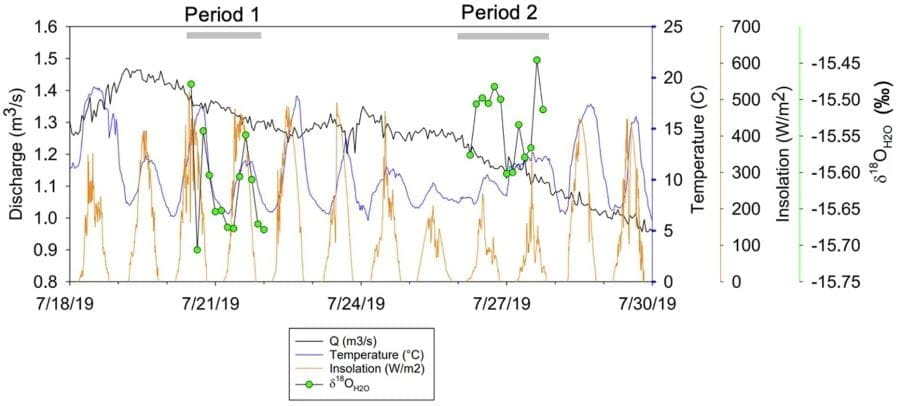
Sediments exposed by glacier melt begin emitting greenhouse gases over time
A new study conducted by geologists from the University of Florida and the University of Maryland reveals that, as land is exposed by melting glaciers, chemical reactions in the newly uncovered glacial sediments initially suppress greenhouse gas emissions. Over time, however, as the soil matures and microbial activity increases, it begins to produce and release more of these gases. Understanding this timeline is important for climate models predicting long-term effects of past, current and future loss of glaciers.
While many gases contribute to the greenhouse effect, carbon dioxide and methane are the most abundant, accounting for over 90% of anthropogenic emissions. Along with human activity, these gases are both generated or consumed by natural chemical reactions in soil and water. As atmospheric concentrations of greenhouse gases rise, the Earth warms, thereby accelerating the melting of glaciers globally.
Hoping to better understand the role of soil and water in the climate change cycle, a team of geologists led by UF Professor of Geological Sciences Jonathan Martin, Ph.D., and Department of Geological Sciences Chair Ellen Martin, Ph.D., conducted fieldwork in Greenland’s Kobbefjord, just miles from the nation’s capital of Nuuk.
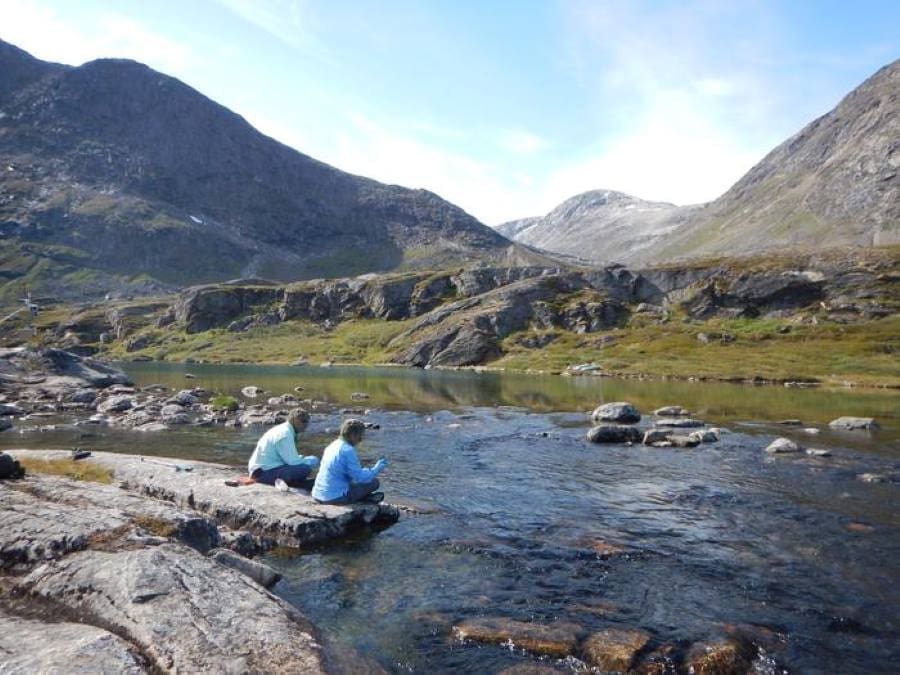
“Our central hypothesis was that the transfer of greenhouse gases between landscapes and the atmosphere has changed since the Last Glacial Maximum about 15,000 years ago, as the landscapes are exposed following loss of continental ice sheets,” explained Martin.
To test this hypothesis, the team collected and analyzed water samples from two sources, one from the local glacier, providing meltwater that reacts with glacially produced sediment, and the other from soils that had been exposed to atmospheric conditions since the glacier first started retreating about 10 thousand years ago. They measured concentrations of carbon dioxide and methane in the two water sources, assuming the glacial meltwater represents a proxy for the greenhouse gas processes that would have occurred soon after the ice sheet started melting following the Last Glacial Maximum.
The fieldwork portion of the study was made possible by the International Network for Terrestrial Research and Monitoring in the Arctic, an international consortium of nations that supports fieldwork at Arctic research stations. Subsequent data analysis was supported by a grant from the National Science Foundation. Andrea Pain, Ph.D., a former post-doctoral student of the Martins and current assistant professor at the University of Maryland’s Horn Point Laboratory, served as the study’s lead author and assisted with fieldwork, while two UF students, Tatiana Salinas and Christina Bennett, contributed to data analyses and writing.
Their findings led the team to conclude that the atmospheric sources of carbon dioxide and methane were limited as deglaciation began, likely resulting from chemical reactions between the meltwater and fine-grained sediments that were created as kilometers-thick layers of glacial ice slid across and crushed underlying bedrock. In the thousands of years following exposure of the landscapes, chemical reactions in the developing soils started to produce methane.
“These results imply that the loss of carbon dioxide from the atmosphere during deglaciation after the Last Glacial Maximum reduced the heat trapping capacity of the atmosphere and provided a negative feedback on natural global warming associated with the transition out of an ice age,” explained Martin. “However, thousands of years after ice had retreated from landscapes following the Last Glacial Maximum, increased methane production would increase the heat trapping capacity and contribute to warming.”
With the findings now published, Martin is already working on a follow-up study examining the third-most prevalent greenhouse gas: nitrous oxide. This gas accounts for only about 6% of total emissions, but it has more than 200 times the warming potential of carbon dioxide. Understanding the relationship between nitrous oxide and the melting ice sheets is the next step, and Martin’s early findings suggest that it has an opposite pattern to carbon dioxide and methane.
“An important future question would be to evaluate how the relative magnitudes of production and loss of these three greenhouse gases relate to each other to regulate warming and cooling during the loss of glacial ice,” said Martin.
Journal Reference:
Pain, A.J., Martin, J.B., Martin, E.E. et al., ‘Glacial retreat converts exposed landscapes from net carbon sinks to sources’, Communications Earth & Environment 6, 424 (2025). DOI: 10.1038/s43247-025-02404-z
Article Source:
Press Release/Material by Brian Smith | University of Florida
Featured image credit: Jason Krieger | Unsplash

